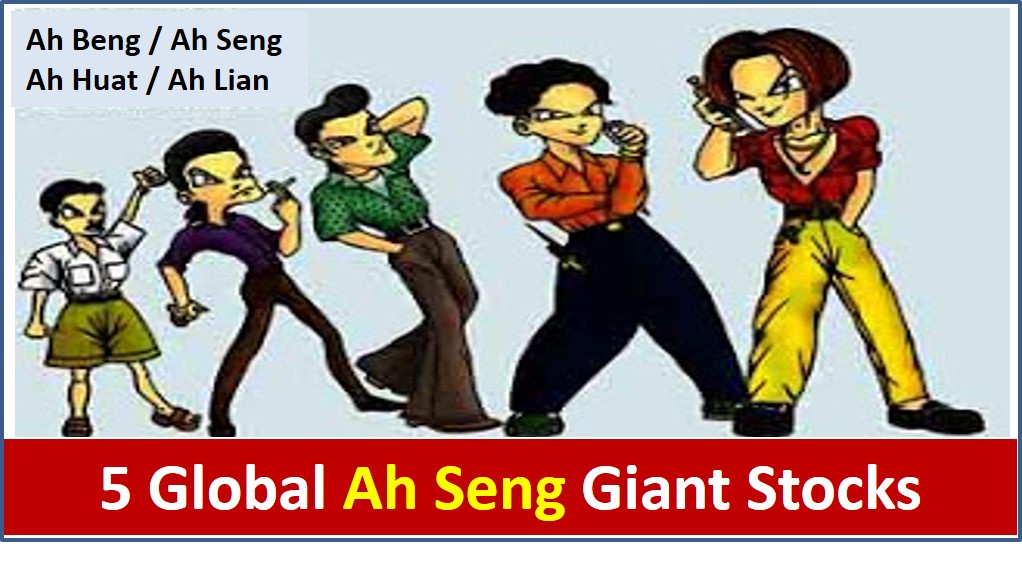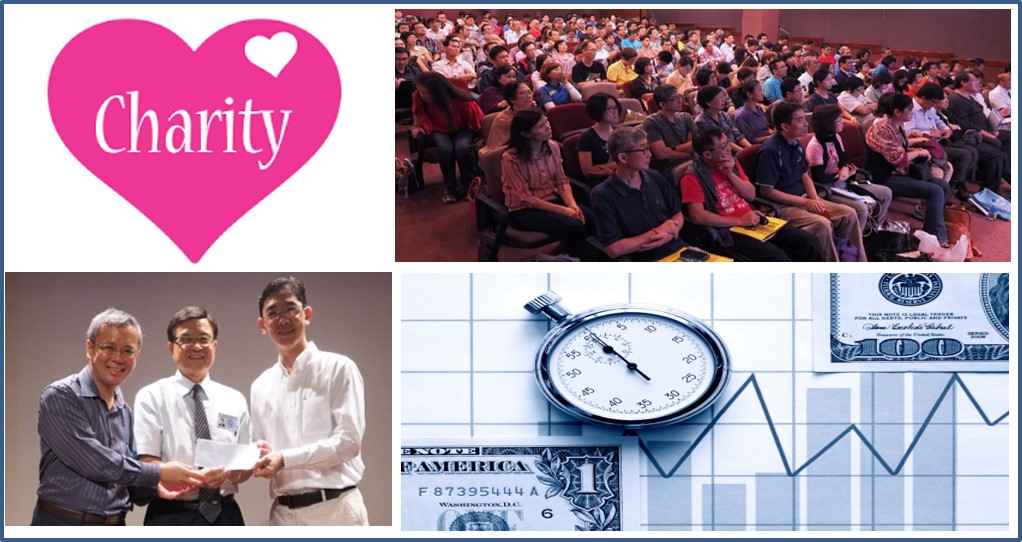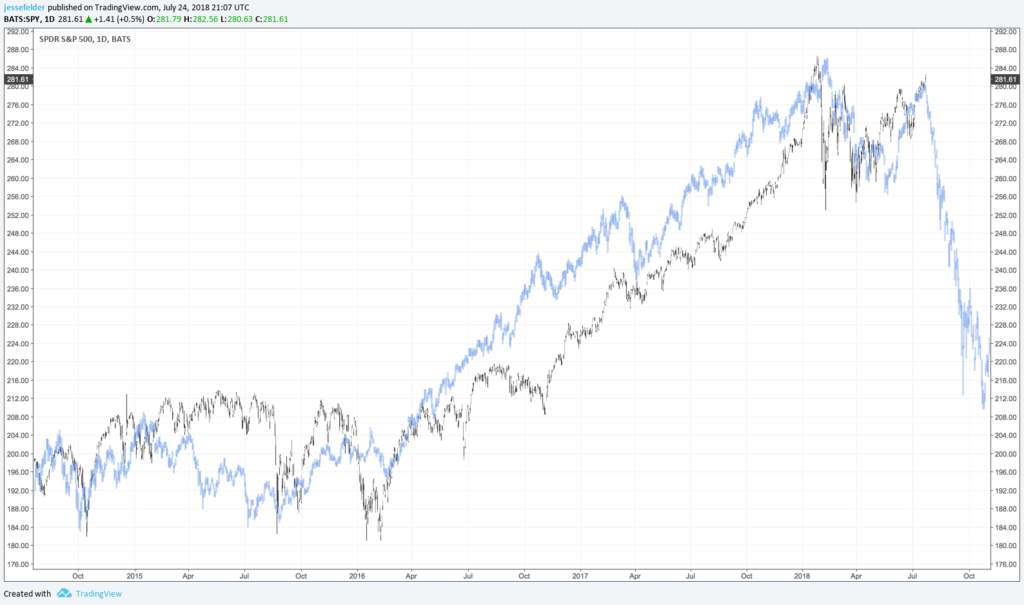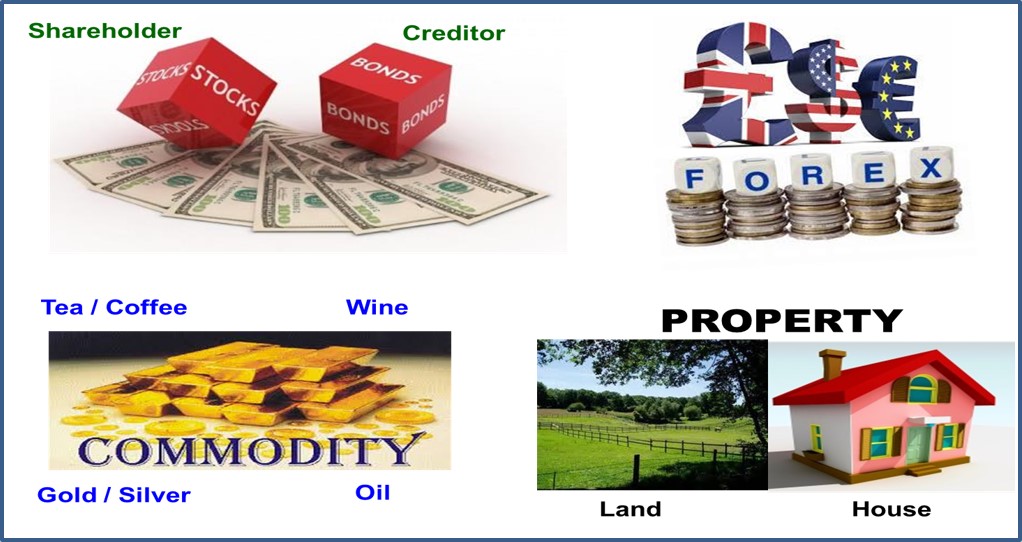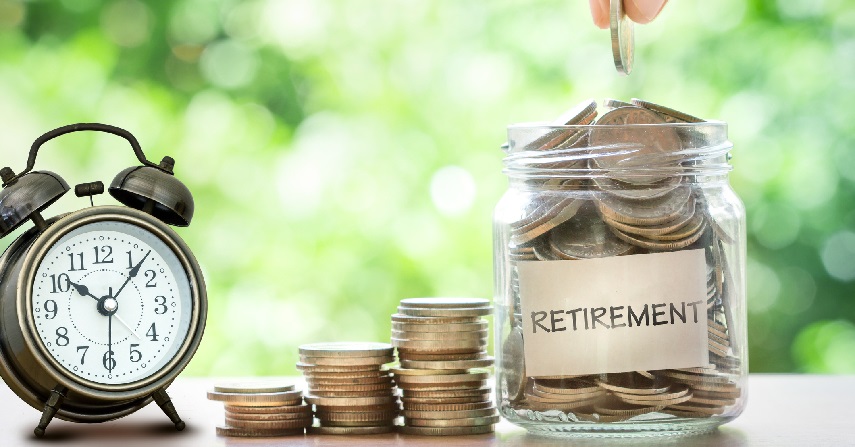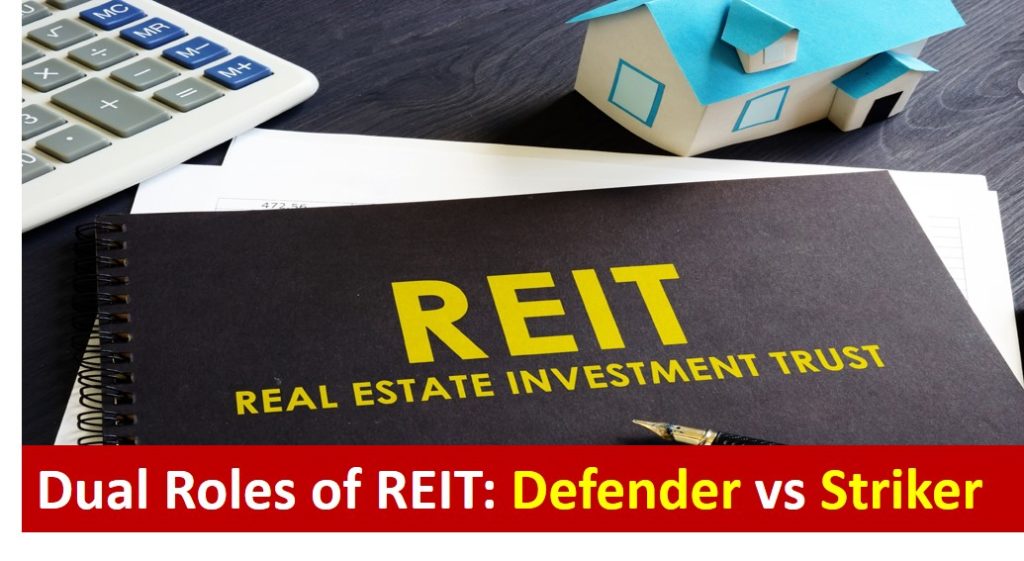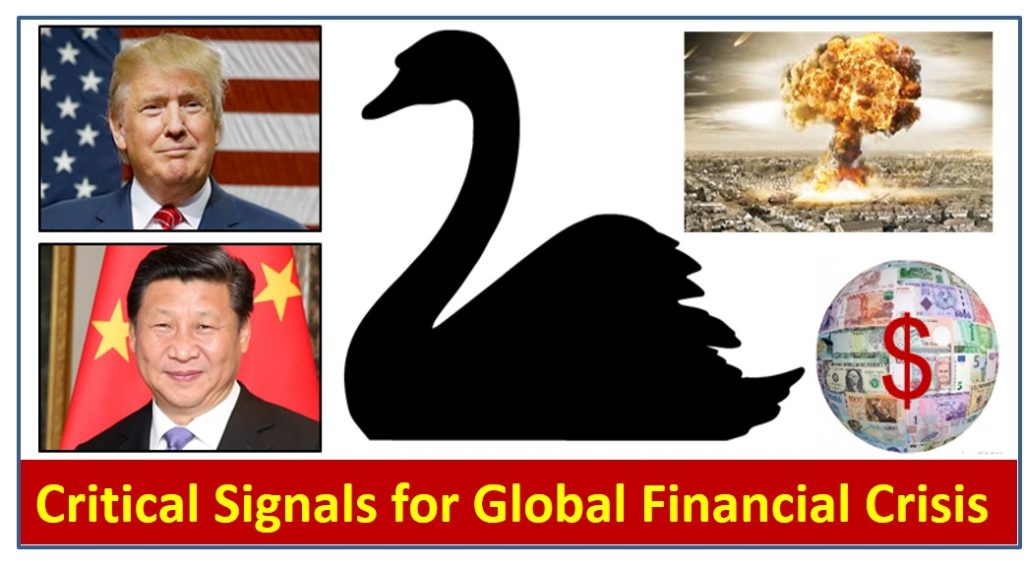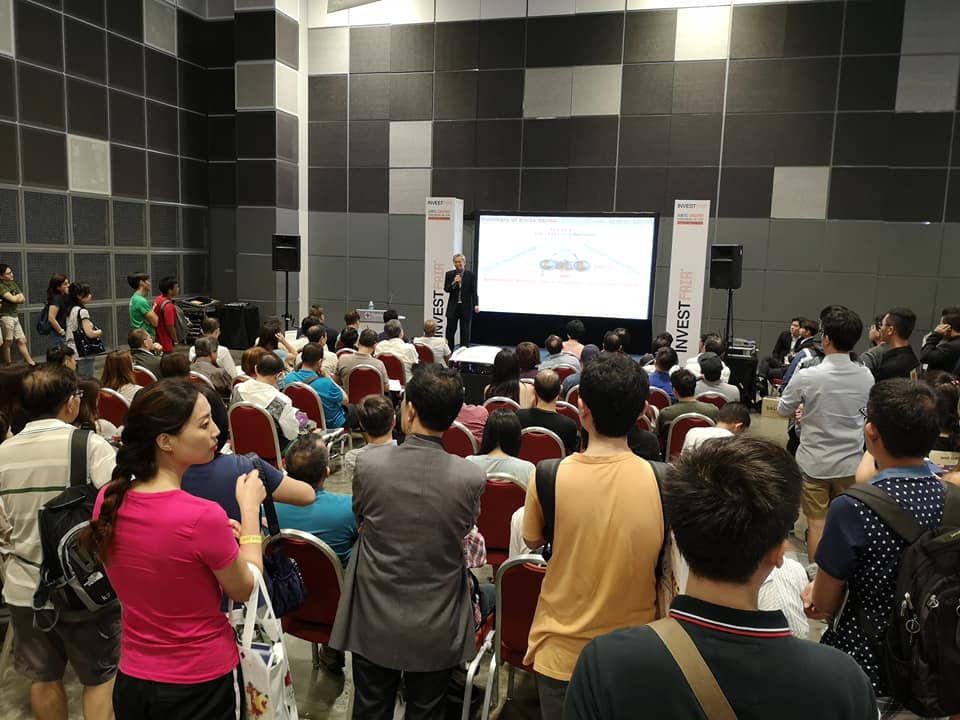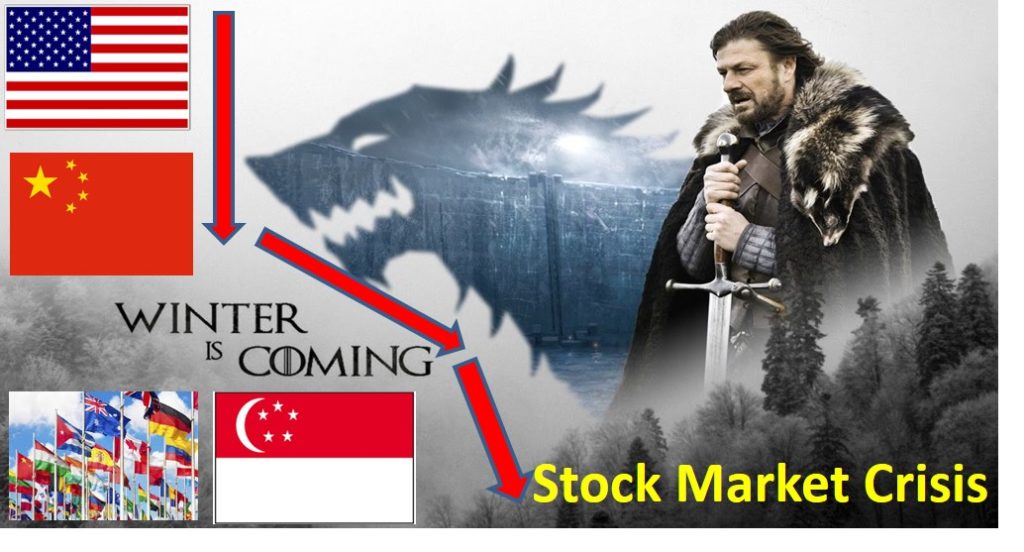There are total of 40 Singapore REITs, a popular investment option for retirement through passive income. By law, 90% of disposable income from Singapore REITs must be redistributed back to shareholders through dividends. However, not all the Singapore REITs are profitable, an investor could lose money if choosing the wrong one, eg. pursuing the highest yield REIT. REIT is an integrated investment between stock market and property market, knowledge of both markets are required to be successful.
In general, a good REIT should have strong fundamentals and DPU (Distribution per Unit) should grow over the time. At the same time, we could also profit from good REITs through capital appreciation of share price and net asset value of properties. A good REIT investor not only knows how to choose the REIT, but also masters the investment clock to buy / sell / hold the REIT. Let’s learn together with the case study below on Capitaland Mall Trust.
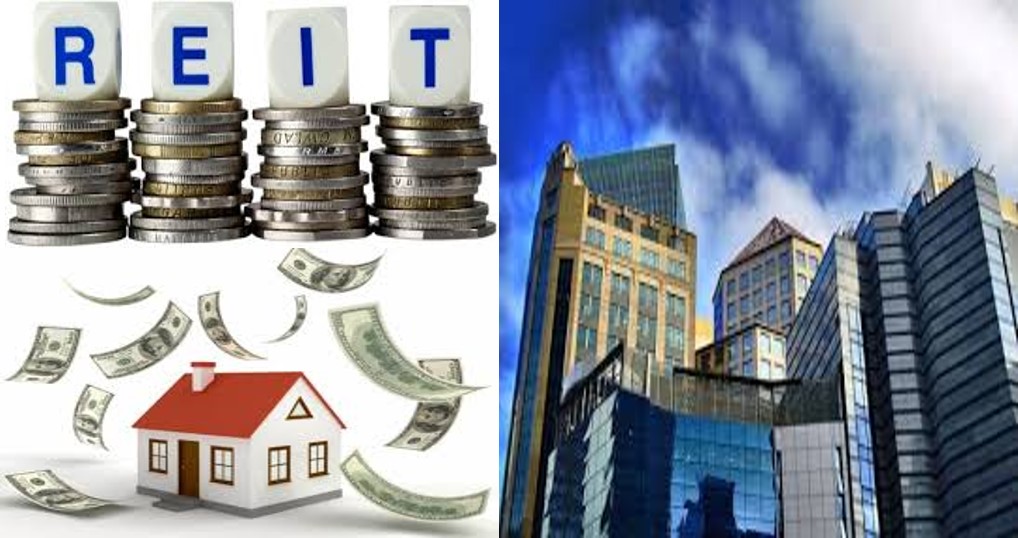
Capitalmall Trust (SGX: C38U) is one of the Top 10 Singapore REITs, based on Optimism Strategy with consideration of FA (Fundamental Analysis), TA (Technical Analysis) and PA (Personal Analysis). The DPU, dividends and operating cashflow are increasing over the years, current dividend yield is about 5%. At the same time, an investor could have profited over 3 times in capital gains of share price ($0.75 to $2.50) from IPO till now (see chart below).
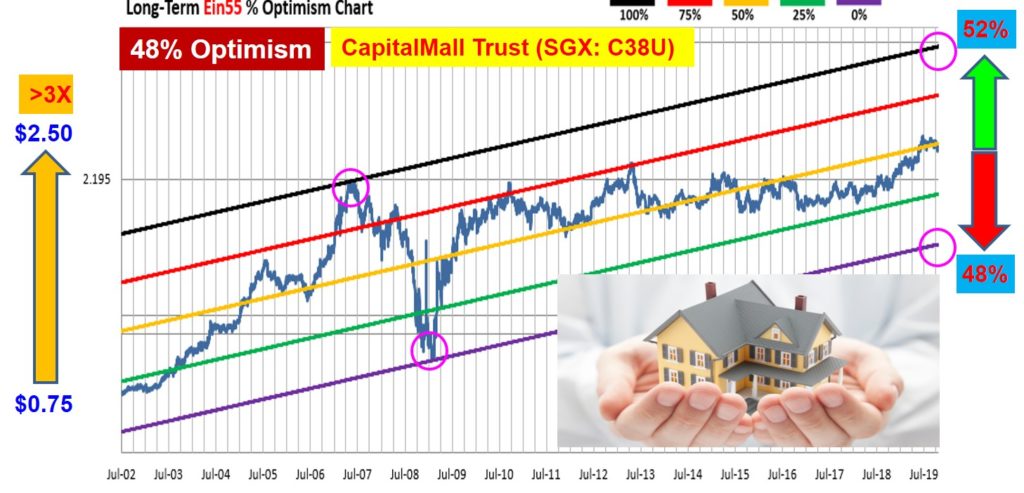
Ein55 Optimism of Capitamall Trust is 48% now, implying the upside is about the same as downside for its share price in long term perspective. When Optimism is below 25% for Capitamall Trust (Level 1), Singapore REITs Index (Level 2), Straits Times Index (Level 3) and MSCI World Index (Level 4), it will be an ideal time to become REITs investor. The dividend yield could be significantly increased if an investor could wait patiently for this REIT giant to fall down in share price during the next regional or global financial crisis. After buying low, when the REITs have recovered again, an investor will have an option to sell high to take profit for capital gains or hold long term for passive income.
We should learn to find the Top 10 Singapore REITs with excellent business for our investment portfolio, buying at discounted price at low optimism, ahead of other potential big buyers who are also looking for these valuable assets. Certain REITs stocks could be in crisis when the interest rates are higher and the property cooling measures last for another few more years. Therefore, we should only consider giant REITs stocks with strong fundamentals, not just any stock with price discount, buy low and sell high or hold patiently for both capital appreciation and passive income.
The safest time to buy a stock is when everyone is afraid the sky will fall down while the business is still operating normally with consistent performance. This could be a rare opportunity to buy during a crisis, we should learn how to take this advantage to truly buy low sell high.
When Optimism Strategies are combined with Fundamental Analysis (value investing & growth investing), Technical Analysis (support / resistance / trends), and Personal Analysis (mind control of greed and fear), it is very powerful when one is able to take the right action (Buy, Hold, Sell, Wait or Short) at the right time aligning with own personality.
Fresh from Oven: Download the latest 3 FREE high-quality stock investment eBook by Dr Tee & Collin Seow on (1) “Winning Trading Strategies“, covering 2 proven methods in swing trading and position trading & (2) “Global Market Outlook“, covering comprehensive investment topics: Stock, Property, Commodity, Forex, Bond and Political Economy & (3) “Dream Team Portfolio” with Top 10 global stocks for capital gains and passive incomes. Past readers have benefited 3 stock investment ebooks, learning Simple and Powerful strategies which deliver incredible results in stocks.
Are you worried or excited about the current global stock market, especially with the controversial US President, Donald Trump with US-China trade war? Every crisis is an opportunity for investing. You will learn useful methods step by step from 3 valuable FREE stock investment eBooks by Dr Tee & Collin Seow which work in stock market. Take action now to surprise yourself!


Table of Contents (FREE Stock Investment eBook #1: Winning Trading Strategies)
- Swing Trading Strategy (短期波段交易策略)
- Position Trading Strategy (长线头寸交易策略)
- Bullish & Bearish Setups (牛市与熊市布局)
- Critical Candlestick Patterns (K线主要阴阳烛)
- SET Price Strategies (Stop Loss / Entry / Target) (SET 股价策略 – 止损/进场/平仓)
- Summary of Winning Trading Strategies (致胜投资策略总结)
Table of Contents (FREE Stock Investment eBook #2: Global Stock Market Outlook)
- Mass Market Sentiment Survey (大众市场情绪调查)
- Review of Global Stock Markets (环球股市回顾)
- US Market Outlook (美国市场展望)
- Regional Market Outlook (Europe, China, Hong Kong) (区域市场展望)
- Singapore Market Outlook (Stock & Property) (新加坡市场展望)
- Conclusions and Recommendations (总结及建议)
Table of Contents (FREE Stock Investment eBook #3: Top 10 Global Stocks – Dream Team Portfolio)
- Personalized Stock Investment Portfolio (个人化股票投资组合)
- Ein55 Global Top 10 Stocks (10大全球高潜能股票)
- Summary of Actions (投资方向总结)

The unique Optimism Strategy developed by Dr Tee provides a special advantage to know which investment (stock, forex, property, commodity, bond, etc.) to buy safely, when to buy, when to sell, including the option of long term holding. So far over 30,000 attendees have benefited from Dr Tee high-quality free stock investment course to the public. Take action now to invest in your financial knowledge, starting your journey
Bonus #1 for Readers: FREE Investment Course (including Singapore REITs) by Dr Tee
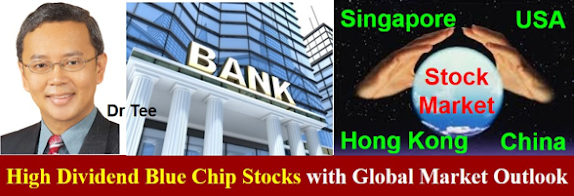

Bonus #2 for Readers: Dr Tee Investment Forum with over 9000 members (Private Group)
(Please click “JOIN” with link above and wait for Admin approval of membership)
- Market Outlook (stocks, properties, bonds, forex, commodities, macroeconomy, etc)
市场展望 (股票、房地产、债券、外汇、商品、宏观经济等) - Optimism/ Fundamental / Technical / Personal Analyses
(乐观指数 / 基本分析 / 技术分析 / 个人分析) - Investment risks & opportunities (投资风险及机遇)
- Dr Tee graduates events and activities updates (Dr Tee学员活动最新消息)

